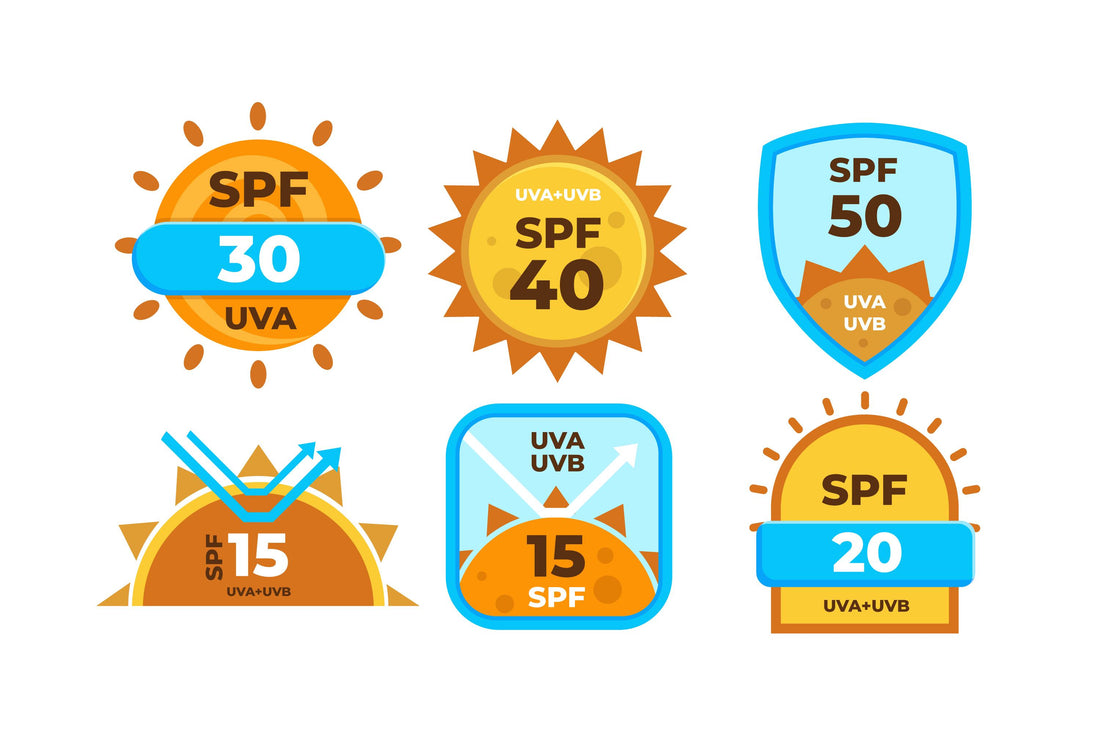
Key differences in SPF 30 vs SPF 40 vs SPF 50 sunscreen
Share
When selecting sunscreen, the SPF (Sun Protection Factor) is key to understanding how effectively it protects your skin from the sun. SPF indicates the level of protection against UVB rays, which are primarily responsible for sunburn and contribute to skin cancer. Here’s a breakdown of SPF 30, SPF 40, and SPF 50 to help you make an informed choice.
Regardless of the SPF, remember that no sunscreen offers 100% protection. For the best results, apply sunscreen generously and frequently, especially after swimming or sweating. Additionally, consider wearing protective clothing and seeking shade during peak sun hours. By choosing the right SPF and following these tips, you can help safeguard your skin while enjoying the outdoors.
-
*SPF 30*
blocks about 97% of UVB rays. This level of protection is typically adequate for everyday activities, such as running errands or casual outdoor hangouts. If you’re planning on spending a bit more time outside or if you have sensitive skin, SPF 30 can still be effective, provided you apply it properly and reapply it every two hours. -
*SPF 40*
offers a bit more coverage, blocking around 97.5% of UVB rays. It’s a good middle-ground option for those who might spend more time outdoors or have skin that’s prone to sun sensitivity. While the difference between SPF 30 and SPF 40 isn’t huge, every fraction of UV protection counts, especially for prolonged exposure. -
*SPF 50*
is the highest protection level among these options, blocking approximately 98% of UVB rays. This higher SPF is especially beneficial for long days under the sun, whether you’re at the beach, hiking, or participating in outdoor sports. It’s also ideal for those with very fair skin or a history of skin issues, providing that extra layer of reassurance.
Regardless of the SPF, remember that no sunscreen offers 100% protection. For the best results, apply sunscreen generously and frequently, especially after swimming or sweating. Additionally, consider wearing protective clothing and seeking shade during peak sun hours. By choosing the right SPF and following these tips, you can help safeguard your skin while enjoying the outdoors.